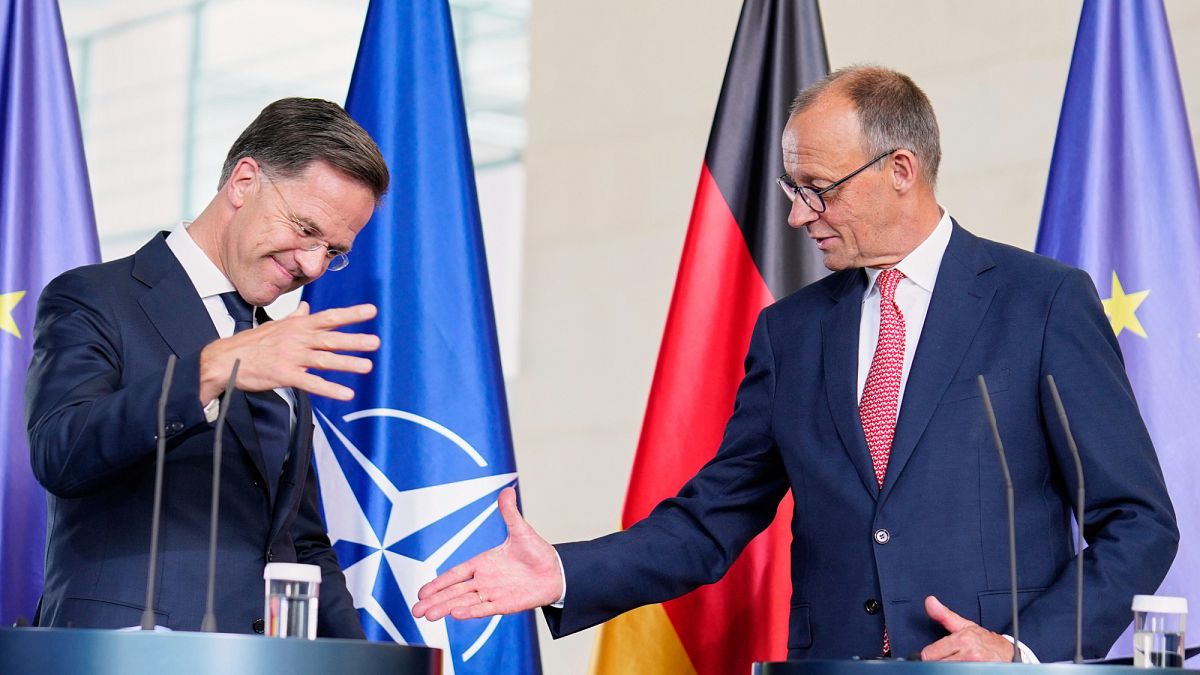

In an atmosphere of ever-evolving global dynamics, recent events reveal meaningful shifts across defense strategies, cultural tourism, and intellectual property law. These developments remind us of the intricate interplay between international relations, local community interests, and legal frameworks, with noteworthy implications for various stakeholders.
NATO’s call for enhanced defense preparedness stands out as a significant point of discussion. Following a meeting with German Chancellor Friedrich Merz in Berlin, NATO Secretary General Mark Rutte stressed the growing necessity for NATO allies to bolster their military and defense production capabilities. This call resonates amid the complex and multifaceted security challenges facing the alliance. Rutte’s comments underscore the commitment to ensuring collective readiness and addressing modern security threats through collaborative effort and increased resource allocation.
Shifting from international defense to local tourism concerns, Mexico City finds itself at the epicenter of discussions on overtourism and gentrification. As local residents voice concerns about these issues, travelers are encouraged to consider alternative ways to experience the city’s rich cultural tapestry. Suggestions include exploring lesser-known neighborhoods and visiting alternative museums to support sustainable tourism practices. This approach not only mitigates the negative impacts of overtourism but also enriches the travel experience, allowing visitors to engage more meaningfully with the local culture and communities.
Legal developments on the European front also made headlines with the European Court of Justice’s recent decisions on trademark cases. The EU court’s rejection of a trademark request for the “I ♥” logo on clothing highlights the court’s rigorous scrutiny of trademark distinctiveness requirements. Similarly, the long-standing legal debate over the intellectual property status of Rubik’s Cube reached a conclusion, as the court ruled that the Rubik’s Cube design cannot be trademarked. These judgments reflect the court’s efforts to balance creative recognition with ensuring that intellectual property frameworks remain fair and accessible.
In the realm of social media business, a notable executive transition took place as Linda Yaccarino stepped down as CEO of Elon Musk’s social media platform, X. Over her two-year tenure, Yaccarino expressed gratitude to Musk for the opportunity, reflecting on a period marked by significant growth and transformation for the platform. Her departure opens the door for new leadership, poised to guide the platform through its next phase of development in the rapidly changing digital landscape.
These stories collectively paint a picture of a world in motion, where strategic decisions, cultural sensitivities, and legal precedents converge to shape the future. By understanding and navigating these developments, individuals and institutions alike can contribute to a more interconnected and thoughtful global community.
Source: {link}
